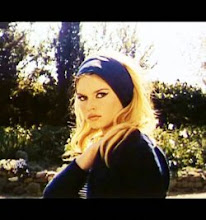
date watched: April 30, 2009
location: Lincoln Plaza Cinemas, NYC
I think the only reason this film got distribution in the United States is because of its subject matter (Andreotti), and the references to the Mafia (Cosa Nostra, as they call it in Italia). Not to mention that the film got the 2008 Cannes Jury Prize.
The title refers to one of Andreotti's (many) nicknames, and also an allusion to Divo Julius ("Divine Julius"), what Julius Caesar was called. Let me just say right now that I'm not going to pretend to know politics, because I really don't know politics. And I know almost nothing about Italian politics. All I know is that among his many positions in Italy, Andreotti is most well-known for his work as Prime Minister, and he was part of the Christian Democrats (Democrazia Cristiana, or DC).
I was happy to see Toni Servilo on screen, playing "the hunchback," since there are not so many great deadpan-faced actors like him nowadays. Sorrentino also continued to use his signature styles: switching abruptly from a loud soundtrack to silence, using extreme close-ups, and displaying hallways. He carries on Fellini and early Bertolucci's tradition of interlacing the real and fable.
I'd really like to get my hands on the soundtrack, but alas, an "Il Divo" search in iTunes only returns albums of the Italian male popera ensemble. Perfetto.
I highly recommend his 2004 film, Le Conseguenze Dell'Amore (The Consequences of Love), if you can get your hands on it.






+have+just+a+bit+less+income+than+they+require+and+have+to+make+awkward+choices.JPG)















